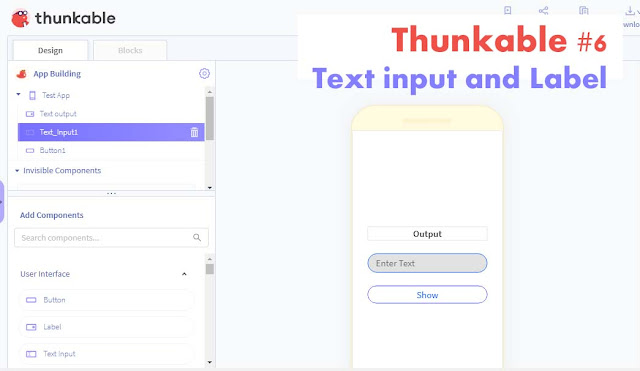CSS Text Effects (Overflow, Word Wrap, Line Break & Writing Modes)
CSS Text Overflow, Word Wrap, Line Breaking Rules, and Writing Modes
In this chapter you will learn about the following properties:
text-overflowword-wrapword-breakwriting-mode
CSS Text Overflow
The CSS text-overflow property specifies how overflowed content that is not displayed should be signaled (visible in a way that the user knows that there is more to read) to the user.
It can be clipped:
or it can be rendered as an ellipsis (...):
The CSS code is as follows:
Example
white-space: nowrap;
width: 200px;
border: 1px solid #0054ff;
overflow: hidden;
text-overflow: clip;
}
p.test2 {
white-space: nowrap;
width: 200px;
border: 1px solid #0054ff;
overflow: hidden;
text-overflow: ellipsis;
}
The following example shows how you can display the overflowed content when hovering over the element:
Example
overflow: visible;
}
CSS Word Wrapping
The CSS word-wrap property allows long words to be able to be broken and wrap onto the next line.
If a word is too long to fit within an area, it expands outside:
This paragraph contains a very long word: thisisaveryveryveryveryveryverylongword. The long word will not break and wrap to the next line.
The word-wrap property allows you to force the text to wrap - even if it means splitting it in the middle of a word:
This paragraph contains a very long word: thisisaveryveryveryveryveryverylongword. The long word will break and wrap to the next line.
The CSS code is as follows:
Example
Allow long words to be able to be broken and wrap onto the next line:
word-wrap: break-word;
}
CSS Word Breaking
The CSS word-break property specifies line breaking rules.
This paragraph contains some text. This line will-break-at-hyphens.
This paragraph contains some text. The lines will break at any character.
| Value | Description |
|---|---|
| normal | Default value. Uses default line break rules |
| break-all | To prevent overflow, word may be broken at any character |
| keep-all | Word breaks should not be used for Chinese/Japanese/Korean (CJK) text. Non-CJK text behavior is the same as value "normal" |
| break-word | To prevent overflow, word may be broken at arbitrary points |
| initial | Sets this property to its default value. |
| inherit | Inherits this property from its parent element. |
CJK is a short form standing for Chinese, Japanese, and Korean. The term is commonly used in the library world to refer to materials written in Chinese, Japanese, and Korean languages.
The CSS code is as follows:
Example
word-break: keep-all;
}
p.test2 {
word-break: break-all;
}
CSS Writing Mode
The CSS writing-mode property specifies whether lines of text are laid out horizontally or vertically.
Some text with a span element with a vertical-rl writing-mode.
| Value | Description |
|---|---|
| horizontal-tb | Let the content flow horizontally from left to right, vertically from top to bottom |
| vertical-rl | Let the content flow vertically from top to bottom, horizontally from right to left |
| vertical-lr | Let the content flow vertically from top to bottom, horizontally from left to right |
The following example shows some different writing modes:
Example
writing-mode: horizontal-tb;
}
span.test2 {
writing-mode: vertical-rl;
}
p.test2 {
writing-mode: vertical-rl;
}
CSS Text Effect Properties
The following table lists the CSS text effect properties:
| Property | Description |
|---|---|
| text-justify | Specifies how justified text should be aligned and spaced |
| text-overflow | Specifies how overflowed content that is not displayed should be signaled to the user |
| word-break | Specifies line breaking rules for non-CJK scripts |
| word-wrap | Allows long words to be able to be broken and wrap onto the next line |
| writing-mode | Specifies whether lines of text are laid out horizontally or vertically |




Comments
Post a Comment